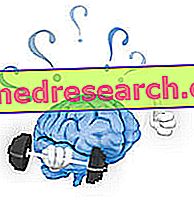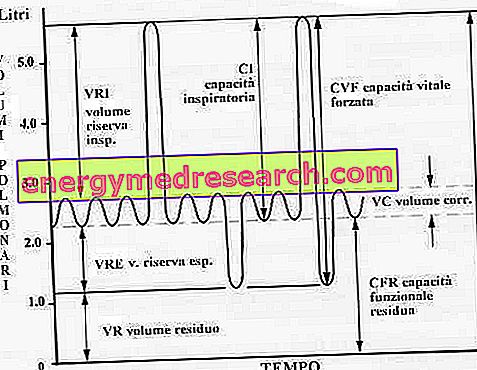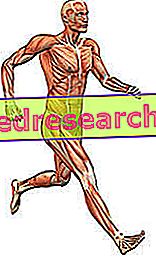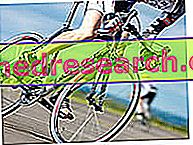Edited by Alessandro Cioffi One of the fundamental aspects of the work of a Personal Trainer is to correctly learn a motor gesture. Therefore demonstrating an exercise to the client, and then inviting him to reproduce this exercise, is a fundamental process, which creates the best basis for capturing and learning movement to perfection
Category physiology of training
Lactic acid (C 3 H 6 O 3 ) is a substance produced by the body during normal body metabolism. This synthesis becomes particularly intense in conditions of oxygen deficiency, that is when the metabolic demand of this gas exceeds the availability; it is a juncture characteristic of strenuous physical exercise, but also of particular pathological states, such as those resulting from an airway obstruction
The term overtraining was introduced by Hatfield (1988) to describe a series of symptoms caused, substantially, by an altered relationship between training and recovery. Overtraining is a fairly frequent condition, a rather complex syndrome whose causes must be sought in various triggering factors. Let's look at the diagram shown in the figure: the results, intended as the improvement of athletic performance, depend essentially on: training: it causes stress to the organism and stimulates it to adapt by improving its performance skills; diet: ensures the energy substrates needed during trai
Spirometry is the most common test for assessing lung function. It is a particularly effective and widespread diagnostic tool as it is standardized, painless, easily reproducible and objective. Spirometry is frequently used in the diagnosis and evaluation of lung function in people with restrictive or obstructive airway diseases
By Dr. Francesco Grazzina The force generated by the skeletal muscle during contraction is the result of a complex series of events, the compromise of which, at any level, can contribute to the onset of neuromuscular fatigue. In order for the muscle fiber to contract, the depolarization impulse must arrive from the spinal motor neuron
[Article sources: Barry J. Maron and Jere H. Mitchell] An important aspect of competitive activity consists in verifying if the athlete is able to exercise his own judgment, his free and independent evaluation to interrupt the sporting activity in case it is necessary. For example, symptoms such as dizziness, lipotimies, dyspnea or precordial pain or any other threatening symptom that can be linked to heart disease, observed as a consequence or during competitive sports, are difficult to distinguish reliably, from the athlete himself, from normal disturbances of intense physical activity
By Dr. Stefano Casali The acute fatigue The physical exercise urges to implement a whole series of adjustments: metabolic; neuroendocrine; cardiorespiratory; which allow us to cope with the increased metabolic demands imposed by the workload. If the intensity of the physical exercise is considerable and equal to our maximum capacities (maximal intensity) and the effort continues over time, these adjustments become progressively less efficient (they "struggle" to adapt) and the organism warns and shows the symptoms of acute fatigue
The need to classify sports, the most disparate ones, according to criteria that correspond to specific purely biological or operational purposes, has met since the first attempts with the objective difficulty of identifying the criteria to be followed. On the other hand, an updated and exhaustive classification represents an important operational tool for the daily work of the specialist in Sports Medicine (MS) and the consultant cardiologist, who must know not only organs, districts and functions particularly involved in the practice of different sports disciplines, but also, and just as well
By Dr. Stefano Casali Different types of overtraining Kind Guy Decline in the desire to train; Irritability; Insomnia; Fall of appetite; Weight loss; Increased heart rate (CF) and arterial pressure (BP) at rest; Slow return of the FC to the maximum basic values. Parasympathetic type Asthenia, apathy, abulia; Decreased HR at rest and maximum exercise HR; Decreased levels of lactate after maximum exercise
VO2max, METS, IP and test to measure it See also: Maximum oxygen consumption The maximum aerobic power is equivalent to the maximum amount of oxygen that can be used in the unit of time by an individual, during a physical activity involving large muscle groups, of progressively increasing intensity and continued until exhaustion








